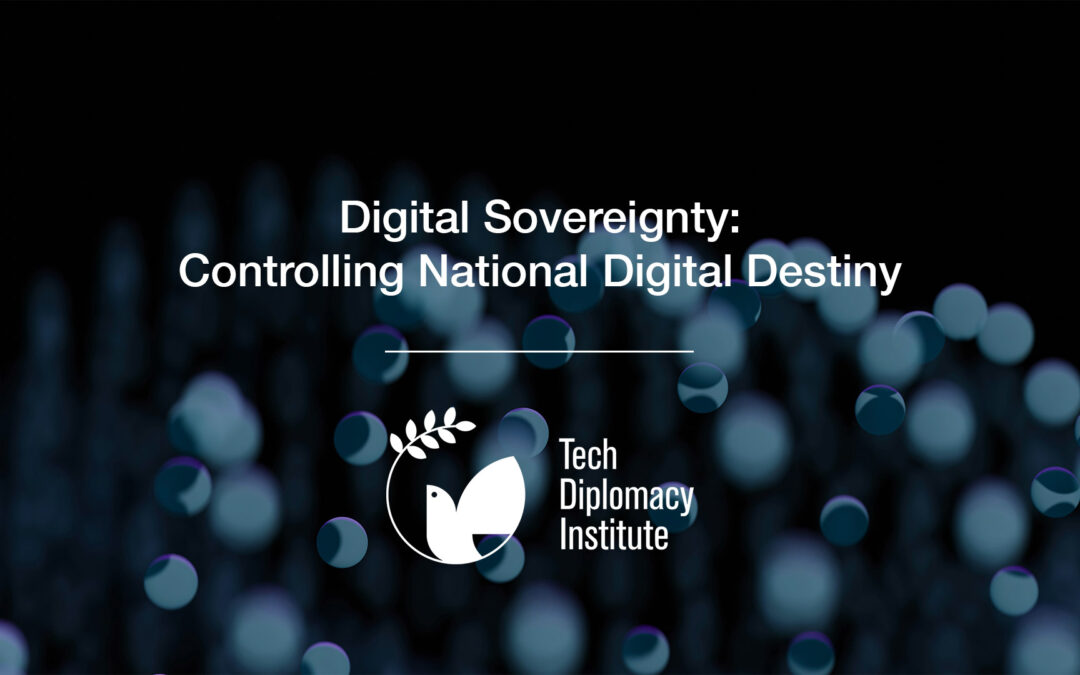Digital sovereignty has swiftly become a defining issue in international relations, encapsulating national ambitions to control digital assets, infrastructures, and data in an era of mounting technological dependencies and strategic uncertainty. This concept extends far beyond technical management—it now anchors high-level policy debates about security, economic competitiveness, and self-determination in a world powered by artificial intelligence, cloud computing, and cross-border data flows. The fundamental tension lies between the inherently global nature of digital technologies and traditional models of territorial sovereignty, creating novel governance dilemmas and reshaping the contours of global cooperation.
Defining Digital Sovereignty: Scope and Dimensions
At its core, digital sovereignty refers to a nation’s capacity to govern its digital destiny with authority over critical infrastructure, platforms, and regulatory environments. This encompasses four interrelated domains:
- Data sovereignty: Ensuring the ability to determine how, where, and by whom domestic data is stored, processed, and transferred abroad.
- Infrastructure sovereignty: Exercising ownership and control over networks, data centers, and cloud resources vital to economic and national security.
- Technological sovereignty: Building domestic expertise and production capacity for key technologies—semiconductors, software, telecom equipment—minimizing strategic reliance on foreign suppliers.
- Regulatory sovereignty: Establishing the right to enforce national laws and norms over digital services and platforms operating domestically, regardless of ownership origin.
Modern digital sovereignty thus implies more than legal or technical autonomy—it reflects the ability to act independently in the digital domain, adapt to geopolitical disruptions, and maintain flexibility when global markets or alliances shift.
The AI Supply Chain and Strategic Dependencies
Artificial intelligence’s ascent has dramatically heightened concerns about technological dependencies and asymmetries. The global AI supply chain—from raw materials and advanced chips to algorithms and datasets—remains heavily concentrated, with pivotal roles played by the US (chip design, cloud infrastructure), Taiwan and South Korea (manufacturing), and China (rare earths, supply chain scale).
Such geographic concentration exposes nations to supply disruptions, external influence, and security vulnerabilities. Policy responses now include government-backed investment in domestic chip foundries, research incentives, export controls, and local requirements on data handling and AI deployment—all designed to reduce strategic dependence and enhance national resilience. This evolving “technology nationalism” risks fragmenting global markets but reflects a growing consensus that technological self-determination is indispensable for twenty-first-century national security and economic power.
Cross-Border Data Flows and Governance Challenges
Debates over cross-border data flows have become central to the broader discourse on digital sovereignty. Policymakers must strike a balance between enabling global digital commerce and safeguarding privacy, security, and regulatory control. The European Union’s General Data Protection Regulation (GDPR) and China’s new data protection laws exemplify far-reaching approaches to asserting data sovereignty, each with global repercussions.
Increasingly fragmented data regimes create immense challenges for multinational businesses, limit the benefits of open digital trade, and expose smaller nations to regulatory “rule-making by the powerful.” The resulting tension—between open data flows and national regulatory priorities—now shapes digital trade negotiations, international standards, and sectoral partnerships.
National Models and Strategic Approaches
No single template defines digital sovereignty; policy approaches reflect unique mixes of economic strength, political tradition, and security priorities.
The United States prioritizes technological leadership, defending its advantage in core capabilities through export controls, investments, and innovation incentives, while shifting toward more regulatory oversight of data and AI.
The European Union leverages regulatory power—via GDPR, the Digital Markets Act, and the AI Act—to project values globally and strengthen domestic autonomy, though reliance on external platforms persists.
China pursues comprehensive digital sovereignty through aggressive state investment, data localization, and robust legal frameworks that enforce control while building national champions.
Other jurisdictions, particularly in the Global South, weigh sovereignty objectives alongside the need for accessible, affordable technologies and integration with global digital systems.
Conclusion
Digital sovereignty stands as a central concern in the architecture of future technology governance. Mastery over data, infrastructure, and technological value chains is now understood as critical to national prosperity and security. Yet, sovereignty ambitions pose challenges for international collaboration, risk fragmenting digital commons, and demand careful balancing of autonomy against the benefits of global openness. Navigating these tensions will be imperative for policymakers, diplomats, and industry leaders alike; the success with which nations address digital sovereignty will profoundly shape innovation, inclusivity, and security in the digital age.
References
Brookings Institution. (2022). The geopolitics of AI and the rise of digital sovereignty. Brookings Center for Technology Innovation.
Floridi, L. (2020). The fight for digital sovereignty: What it is, and why it matters, especially for the EU. Philosophy & Technology, 33(3), 369-378.
Garcia, E. V. (2024). A global south view of tech diplomacy. International Affairs Review, 12(3), 45-68.
Pohle, J., & Thiel, T. (2020). Digital sovereignty. Internet Policy Review, 9(4), 1-19.
Schia, N. N., & Gjesvik, L. (2020). Cybersecurity and the politics of time. Global Policy, 11(2), 158-165.
Couture, S., & Toupin, S. (2019). What does the notion of “sovereignty” mean when referring to the digital? New Media & Society, 21(10), 2305-2322.

